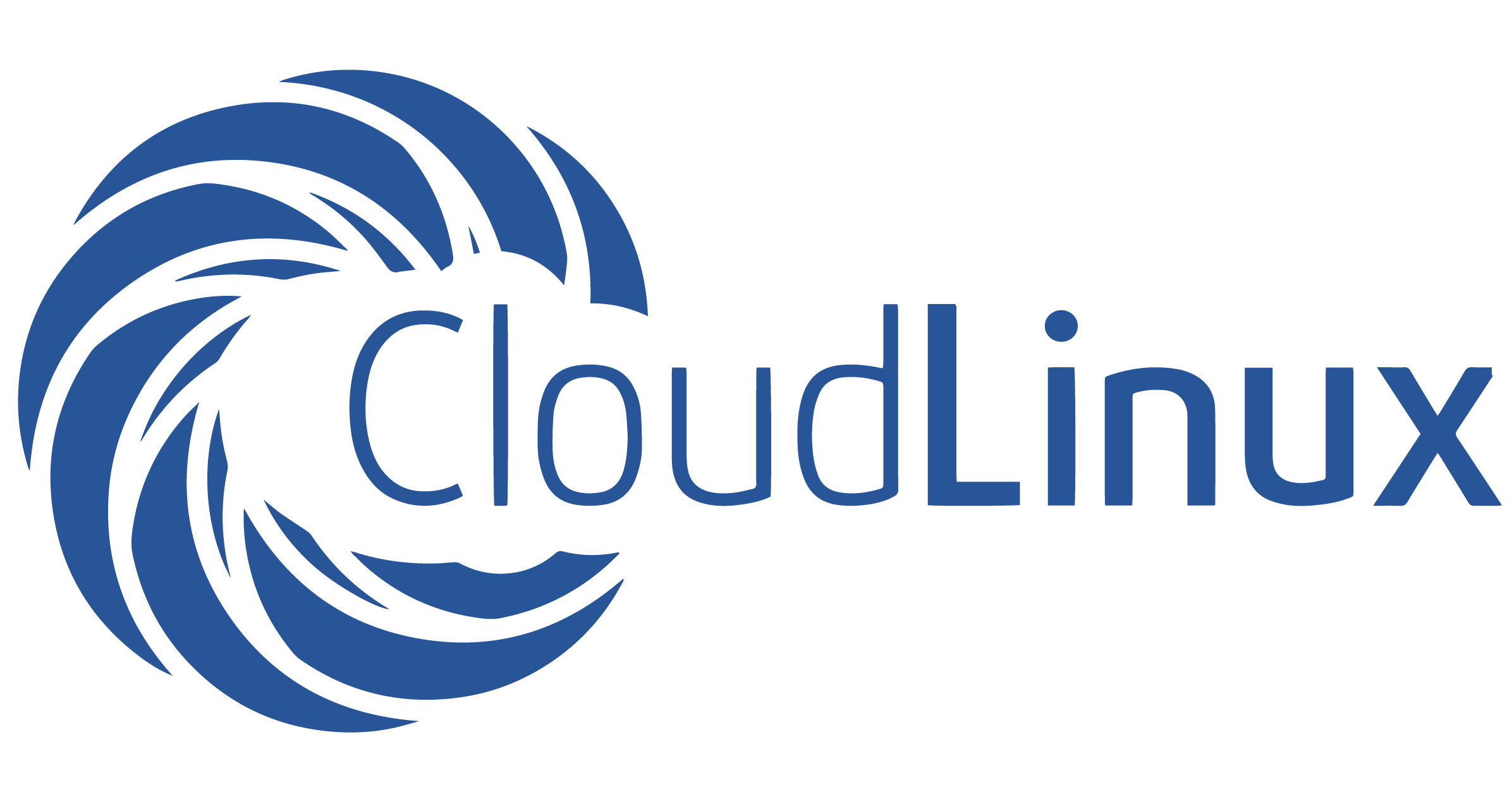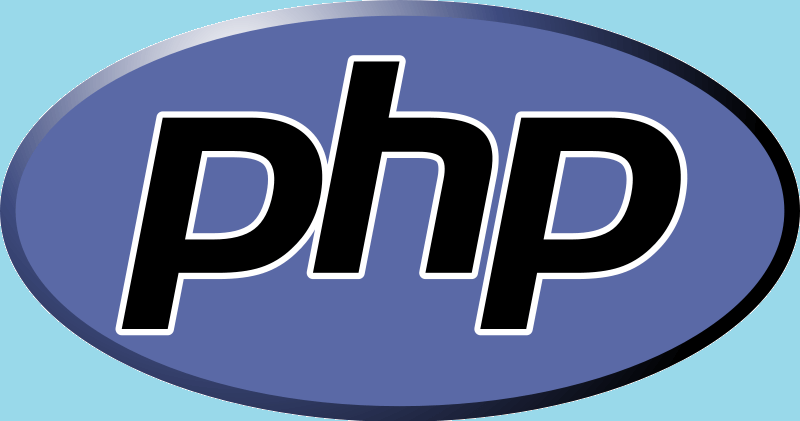“It’s always cost-effective and secured to go with PHP development and convert your business ideas into reality. Experienced PHP developer can take you to the next level with advance technique. So it’s your time to cross check various aspects, like developer’s knowledge, ability, experience and the hiring process of company/agency while you are going to hire a developer”.
As you know, PHP is one of the most popular and robust framework to develop beautiful and user-friendly websites and applications for any size of business.
The demand of PHP developers are growing now days and their numbers are increasing also. In the mean time you need to choose the right developer for your business.
“The best programmers are up to 28 times better than the worst programmers”
– Robert. L. Glass
It’s not advisable for you if you will throw money according to your requirement and discuss with him/her at the end for your output. You need to have few idea/documentation, so that your developer can make it live with code. A good developer has very well future vision and he/she develop website and applications which can be accommodate many of future changes and updates.
Never miss an update from us. Join 10,000+ marketers and leaders.
So, don’t be so aggressive or hurry while you are hiring someone. Here in this article we will cover the core things of a developer before or at the time of hiring.
1. Technical Expertise:
A PHP developer must have wide knowledge on various technical aspects like content management systems (CMS), Java Script, HTML/HTML5, CSS/CSS3 and Ajax etc and should have exposure to the latest technology trends. Must have expertise in understanding your requirements.
As a webmaster or entrepreneur you must have goal and what you want to implement in your website or application, but don’t know the exact time frame, budget and scope of work. In this situation an experience developer can be of help and can manage within your budgets.
No doubt you will get thousand of PHP Development Company in Google search but choosing the right one is the key; you can measure them from their previous works.
2. Industrial Knowledge
An ideal PHP developer expected to be on top of the latest technology trends relating to website designing, development and industry experience. Your developer must be aware about, what is going on the industry and how to catch or impress the target audience. Attractive, friendly and engaging information are much needed to grab the attention of users for eCommerce or any other websites.
3. Time Management
Time Management in delivering projects within a specific time frame is one of the most important skills of a good PHP developer. Managing time not only delivers quality output but also estimating and setting up expectation is of most important. This helps keeping up a brand name of company. Sometimes developers handle multiple projects at same time and fail to meet the expectation.
4. Work Portfolio
It’s very important for you to check the PHP Developer company portfolio or previous PHP work before planning to take PHP development service. Portfolio gives clear picture about developer’s previous work and how good are they in the domain.
5. Communication
Communication is the way to represent your thoughts. A good developer must be a good listener and speaker also. Communication with good temperament, understanding the requirement and justifying the action are signs of a developer.
6. Ability to learn Quick and adopting new challenges
A good developer is always a self learner. They do research to get alternative solutions for your specs. If you ask questions to them, you can find they are very much open to adopt or learn the new technologies. Another quality is if he is able to use the researches in the implementations. In such cases you can consider that you’re going with right guy.
7. Work and Hiring Process
Each company’s working process of and hiring developers are different from other and based on a specific model. You need to get idea on their development process and communication options before hiring developers to get good results.
At Andolasoft we follow agile methodology and our flexible engagement models have been designed keeping the exact need of the prospects in mind.
I’ve worked with the team at Andolasoft on multiple websites. They are professional, responsive, & easy to work with. I’ve had great experiences & would recommend their services to anyone.
Ruthie Miller, Sr. Mktg. Specialist
Salesforce, Houston, Texas

We have three different engagement models to hire our PHP developers,
- Dedicated Developers – You can hire single or multiple full-stack developers to work in your project dedicatedly according to your requirement,
- Fixed-bid – You can hire developers when your requirements with each module and tasks are clearly outlined.
- Time & Material–You can hire developers, when project’s scope and specification cannot be defined from the beginning but the requirements keep on changing as the development progresses.
Conclusion:
The demand of PHP developers are growing and it’s completely upto you to choose the right developer and company among the growing numbers. Some companies are still adopting traditional model in their work process and some are adopting new. We at Andolasoft are adopting the best models for you.
Are you looking to hire PHP Developer! Consult Now
Whether it may eCommerce shopping carts development, CMS Development, or CRM Application development, we are the best PHP development company to fulfill your business needs.





